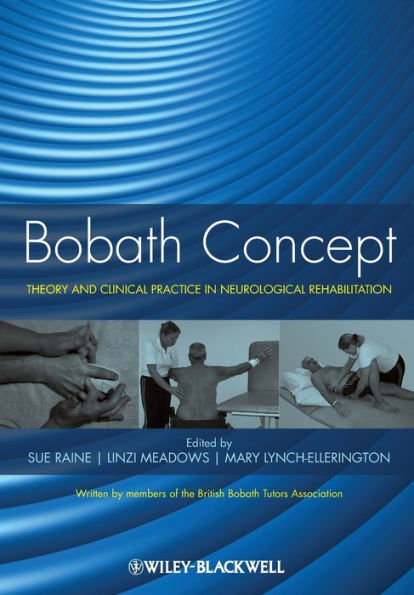Table of Contents
Foreword Prefacei
Contributors
Acknowledgements
1. The Bobath Concept: Developments and Current Theoretical Underpinning (Sue Raine)
Introduction
The founders and development of the Bobath Concept
Current theory underpinning the Bobath Concept
Systems approach to motor control
Clinical application of the theory underpinning the Bobath Concept
Summary
References
2. An Understanding of Functional Movement as a Basis for Clinical Reasoning (Linzi Meadows and Jenny Williams)
Introduction
Normal movement versus efficient movement
Compensatory strategies
Motor control and motor learning
Requirements of efficient movement
Summary
References
3. Assessment and Clinical Reasoning in the Bobath Concept (Paul Johnson)
Introduction
Models of clinical reasoning and the Bobath Concept
Key characteristics of assessment using the Bobath Concept
Basis for clinical reasoning
Illustrating clinical reasoning using the Bobath Concept
Summary
References
4. Practice Evaluation (Helen Lindfield and Debbie Strang)
Introduction
Evaluation in the context of the International Classifi cation of Function,
Disability and Health
Factors influencing measurement selection
Measurement properties
Measures
Summary
References
5. Moving Between Sitting and Standing (Lynne Fletcher, Catherine Cornall and Sue Armstrong)
Introduction
Clinical considerations from the literature
Phases of sit to stand
Movements from standing to sitting
Effects of ageing
Sit to walk
Clinical aspects
Movement in functional contexts
Clinical example
References
6. The Control of Locomotion (Ann Holland and Mary Lynch-Ellerington)
Introduction
Key aspects of bipedalism
The gait cycle
Use of body weight support treadmill training in the Bobath Concept
Assistive devices
Outcome measures
Summary
References
7. Recovery of Upper Limb Function (Janice Champion, Chris Barber and Mary Lynch-Ellerington)
Introduction
The importance of postural control in upper limb function
The shoulder complex
Functional reach
The hand
Early treatment and management of the hand
Assessment of the hand
Contactual hand-orientating response
Selective strength training of the intrinsic muscles of the hand
Summary
References
8. Exploring Partnerships in the Rehabilitation Setting: The 24-Hour Approach of the Bobath Concept (Clare Fraser)
Partnerships in the rehabilitation environment
The early days
Overcoming sensory deprivation and stimulating body schema
Scheduling the day – opportunities for practice
Return to work
Summary
References
Index




